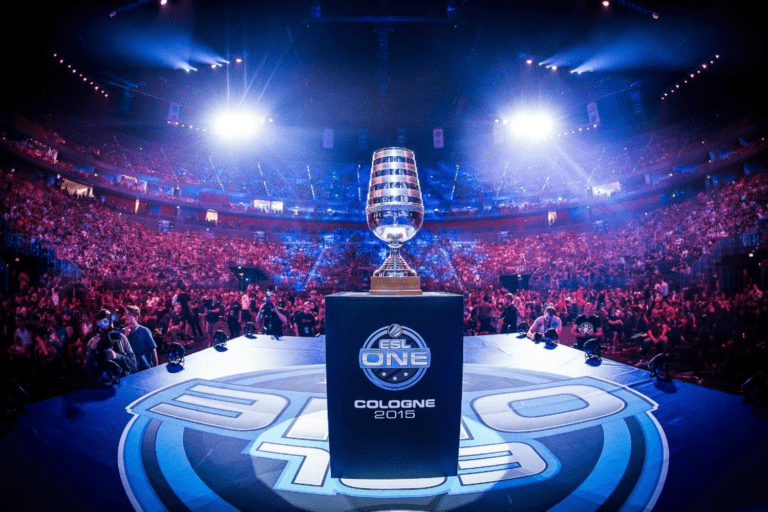So you want to start playing tennis? Or maybe you are happy just to watch, but you would like to learn more about the game. Tennis has a lot of different parts, like the right clothes and equipment, the rules, and the players. But some things stay the same.
The size of the tennis court is one of those constants. It is 78 feet long from baseline to baseline and 27 feet wide (36 feet for doubles matches). Understanding this field of play can teach you a lot about the game.
Understand Tennis Court Surfaces to Understand Tennis
A tennis court is always the same size, but the surface can change from place to place. Tennis is played on three main types of tennis courts, and each surface requires a different style of play.
Clay Courts
Clay tennis courts are usually reddish-orange (known as red clay courts), but they can also be green (green clay courts). They are made of crushed stone, brick, or shale. Clay courts are called “slow courts” because the balls tend to bounce higher and slower on clay courts than on other surfaces.
Since it’s hard to just blast a ball past your opponent on a clay court, players tend to stay near the baseline, which is the line farthest from the net, and play defensively. This makes points last longer.
Grass Tennis Courts
Grass courts are rarely seen because they cost a lot to keep up. They are like golf greens in that the soil is tightly packed. The way a grass court plays is affected by things like wear and tear, moisture, how firm the soil is, and how long it has been since the grass was cut.
Even though these things can change, players on grass courts can usually expect the ball to bounce low, which means they have to get to the ball faster if they want a chance to hit it back. This is why grass courts are called “fast courts.”
Successful grass-court players usually play a style of tennis called “serve and volley,” in which they serve and then rush quickly to the net, hoping to force their opponent to hit a fast and perfect return, which is hard to do on a fast grass court.
The most famous grass court is Centre Court at Wimbledon, which is where the oldest professional tournaments take place.
Hard Tennis Courts
Hard courts are the most common type of tennis court. They are faster than clay courts but slower than grass courts. Hard courts are made of cement or man-made materials. They require regular cleaning and maintenance, which can be handled by a Tennis Court Construction Company considering that they are constructed.
Their speed and bounce vary, but they are usually in the middle of the range for both. Hard courts are also the best for all styles of play because, unlike grass or clay, they don’t give players with different styles a big advantage or disadvantage. Hard courts are often thought to be the best way to measure all-around skill.
Now that you know about the different tennis court surfaces, you can use this information to improve your game or your enjoyment of the game as a spectator. In either case, to fully understand tennis, you need to know how the court works.







